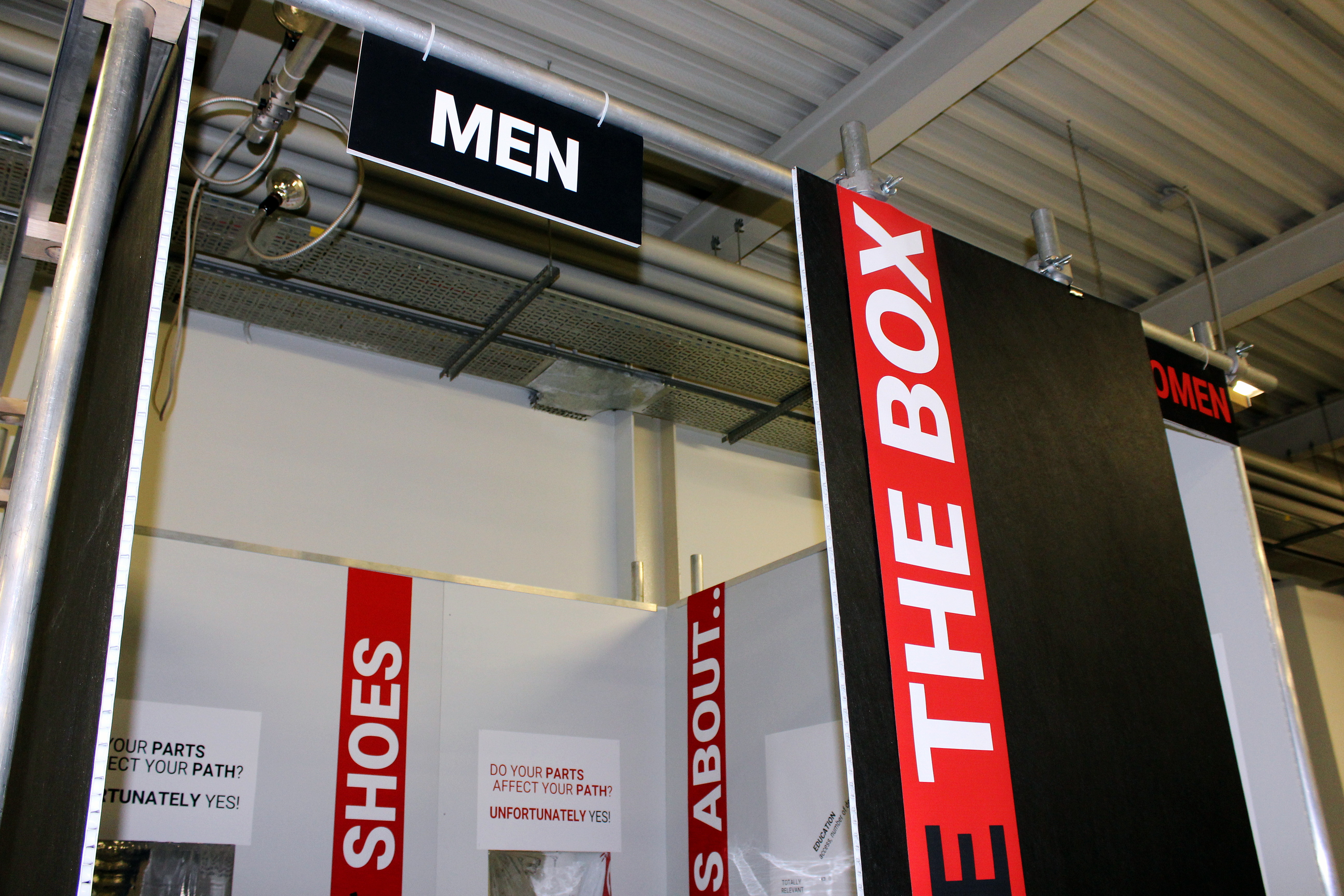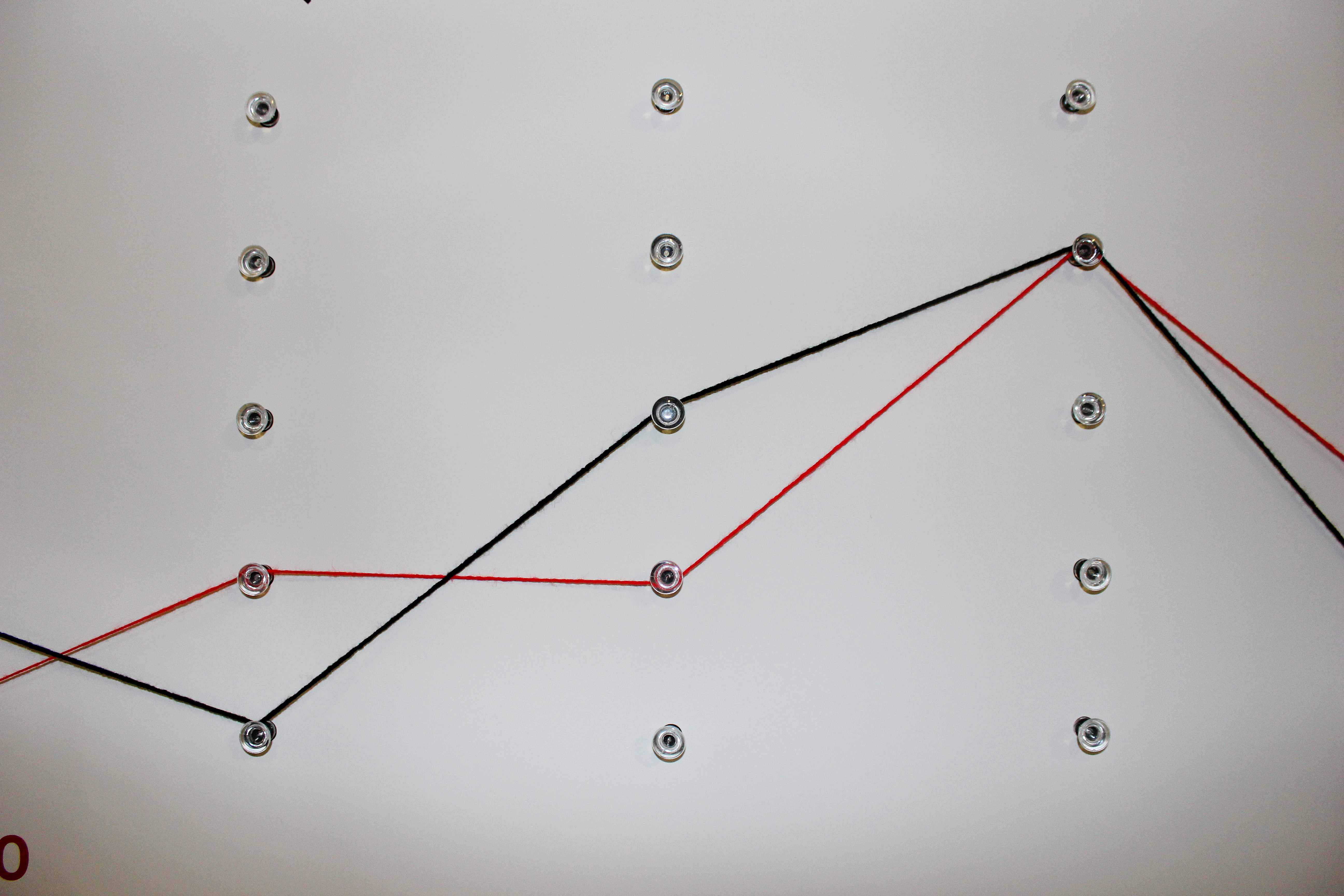The Experience
Think Inside The Box is a physical, interactive installation about gender inequality. By providing to the users the most relevant data from our resesearch in an easy way to understand, we want to raise awareness about this issue and let them think about it. The aim of this project is to engage in a participatory way visitors, hoping that it could be a chance to change.



